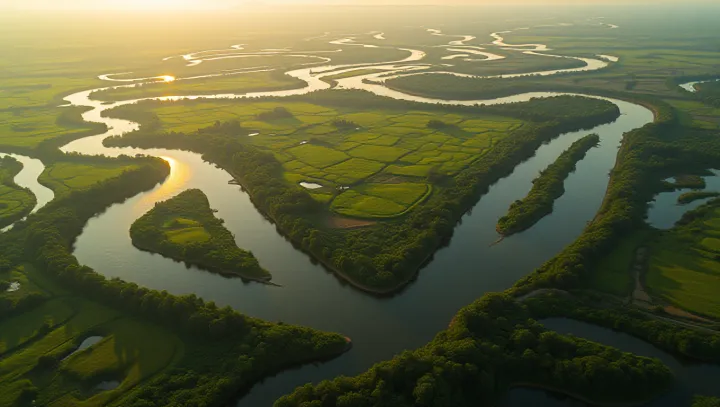Discovering the Grand Ganges Delta

The Ganges Delta, sprawling across Bangladesh and India, is recognized as the world's largest delta. Covering an area of approximately 100,000 square kilometers, this intricate network of rivers and rich soil has been a lifeline for millions living on its banks. Often referred to as the 'Green Delta', it is not merely a geographical formation but a vibrant ecosystem supporting a wide array of life.
The delta formed by the confluence of the Ganges, Brahmaputra, and Meghna rivers, plays a pivotal role in agriculture, providing fertile land for rice production, which is a staple for many in the region. In recent years, the delta has been under environmental scrutiny due to the impacts of climate change. Rising sea levels and increasing salinity pose significant challenges.
Experts emphasize the importance of sustainable practices to preserve this delicate region. Geographers and environmental scientists are keenly observing the delta's shifts. With the increased frequency of extreme weather events, there is a pressing need for comprehensive management strategies to protect both the ecological and socio-economic facets of the Ganges Delta.
A global treasure, the Ganges Delta's future hinges on collective efforts to mitigate climate change effects. Ensuring the health of this vast delta is crucial not only for local communities but also for the broader environmental landscape.
